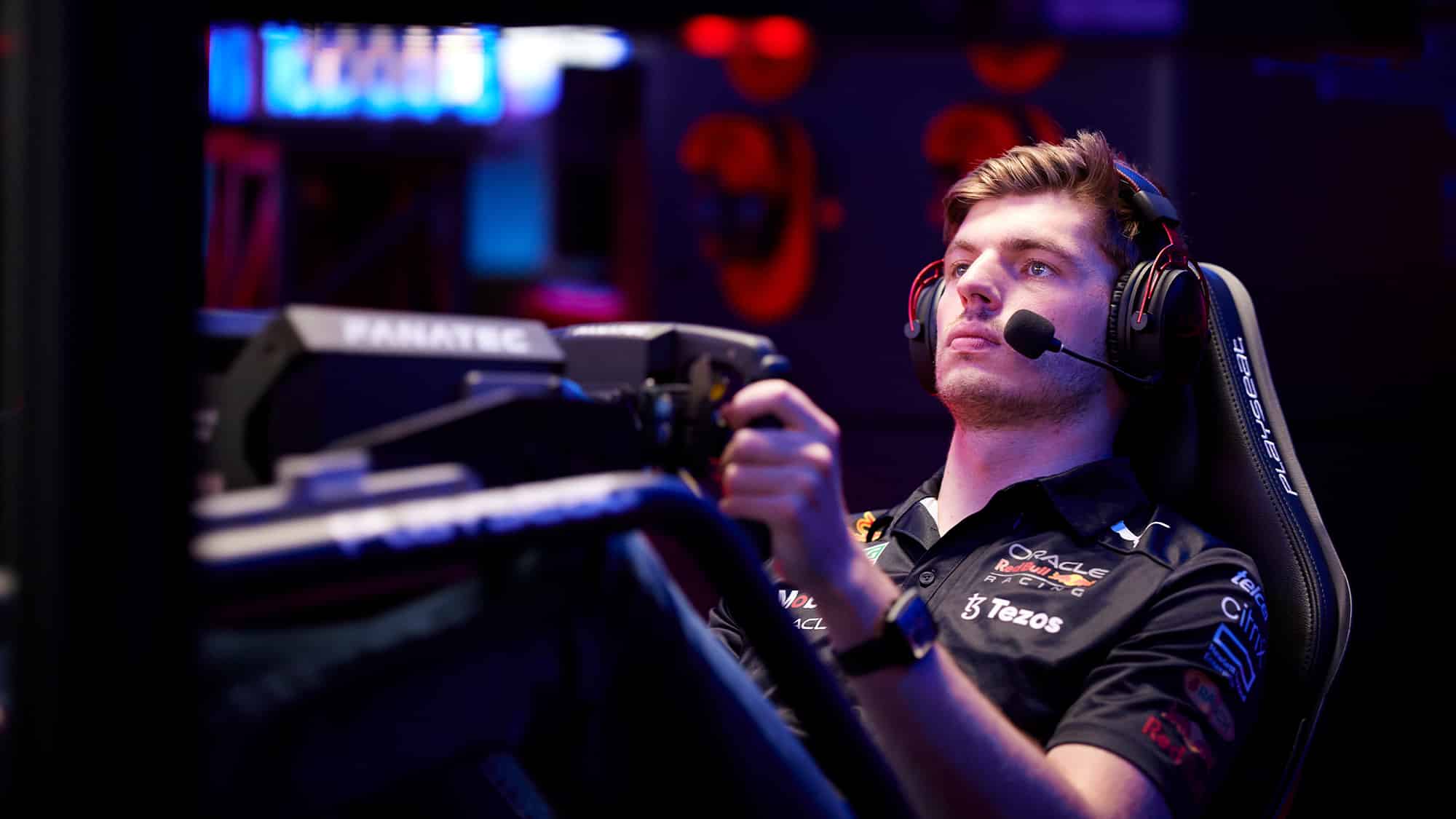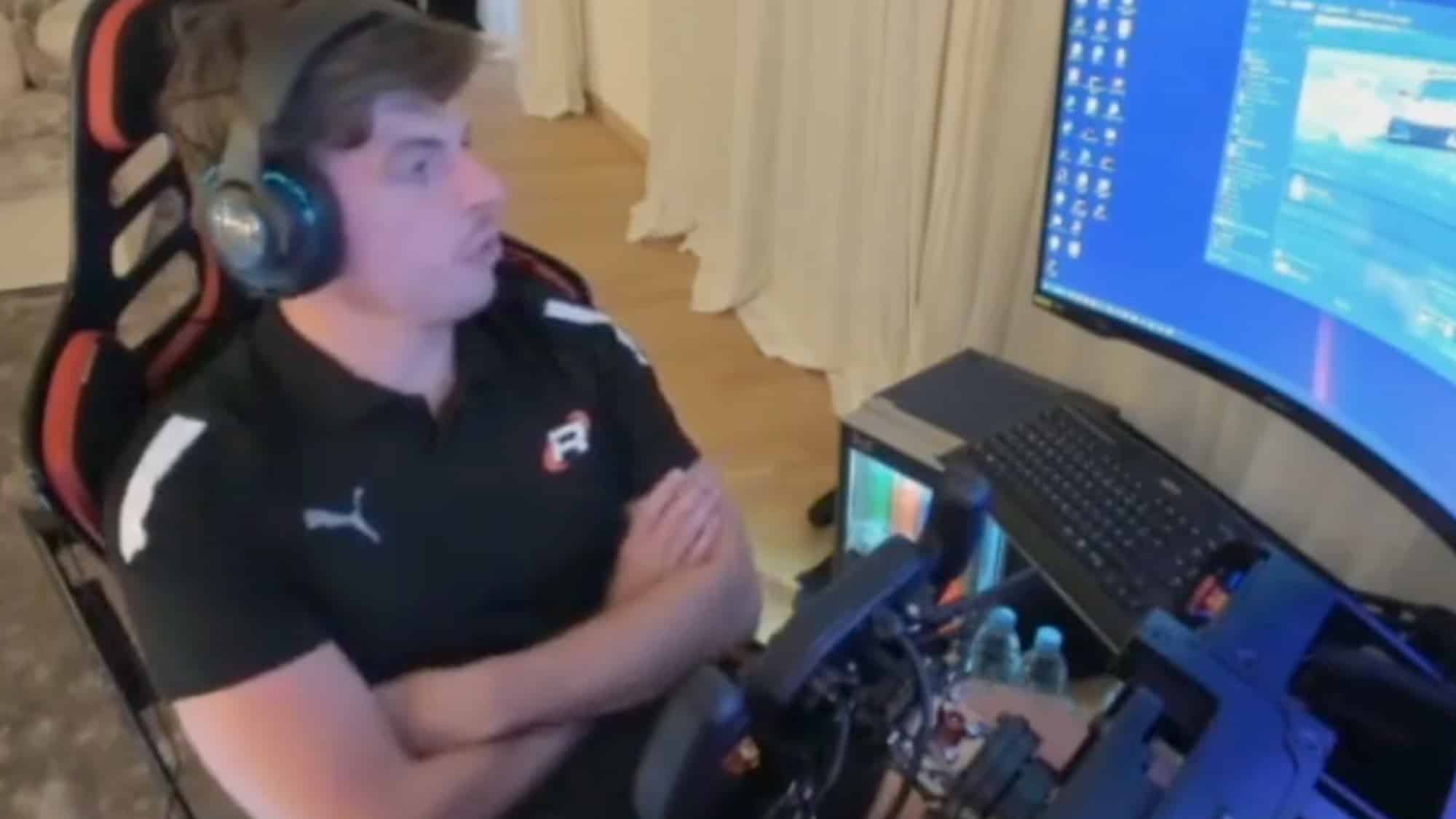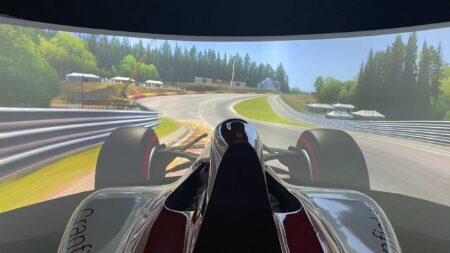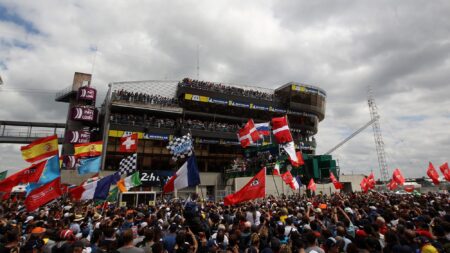Verstappen’s harsh words caused outrage online, with series commentator Ben Constanduros accusing the Red Bull driver of “fuelling toxicity” in the sim-racing community. But co-commentator Lewis McGlade did sympathise with Verstappen’s frustrations.
“As a fan of everything sim-racing, I love seeing Max on track, he brings an enormous fan base that listen to every single word he says both positive and negative,” McGlade told Motor Sport. “So, in that sense his reaction hurts because of the amount of work we have all put into it.
“But then I think about it from the competitive side, and then you really do understand his, and the team’s frustration.
“I had a chat with Luke Browning [one of Verstappen’s team-mates] about the amount of work and preparation for this one event alone truly is months of work, laps, data, analysis. And to have that ripped away from you through no fault of your own is irritating and will always cause a reaction like that, born out of frustration.”
If it's a clown show, that makes me and my hard working dedicated friends, clowns. Usually after a 24hr race I am tired but today has been an ugly, exhausting display of the toxic side of Sim Racing and social media. I am proud of what the Le Mans Virtual Team has achieved. 1/3 https://t.co/Z8X30cUcpR
— Ben Constanduros (@BenConsty) January 15, 2023
Much like the real event, the 24 Hours of Le Mans Virtual is a race composed of 28 LMP cars and 16 GTE cars, split between 37 different esports teams – acting as the grand finale of the Virtual Endurance Championship.
Verstappen had qualified fourth for Team Redline, who have been at the forefront of sim-racing for over 20-years, but quickly took the lead of the race on Saturday afternoon, passing Redline team-mate and F2 champion Drugovich, as well as both Porsche Conada drivers before Turn 1.
But four hours in, the event experienced its first issues, with seven cars disconnecting from the race within moments of one another. The race was subsequently red flagged as organisers attempted to fix the issue and a suspected security breach later that evening brought the race to a halt once again.
Despite the interruptions, both Team Redline cars remained in contention for the lead, with heated wheel-to-wheel battles against Porsche’s Jeffrey Rietveld providing much of the action. As the virtual sun rose, Verstappen’s patience with the event wore thin.




